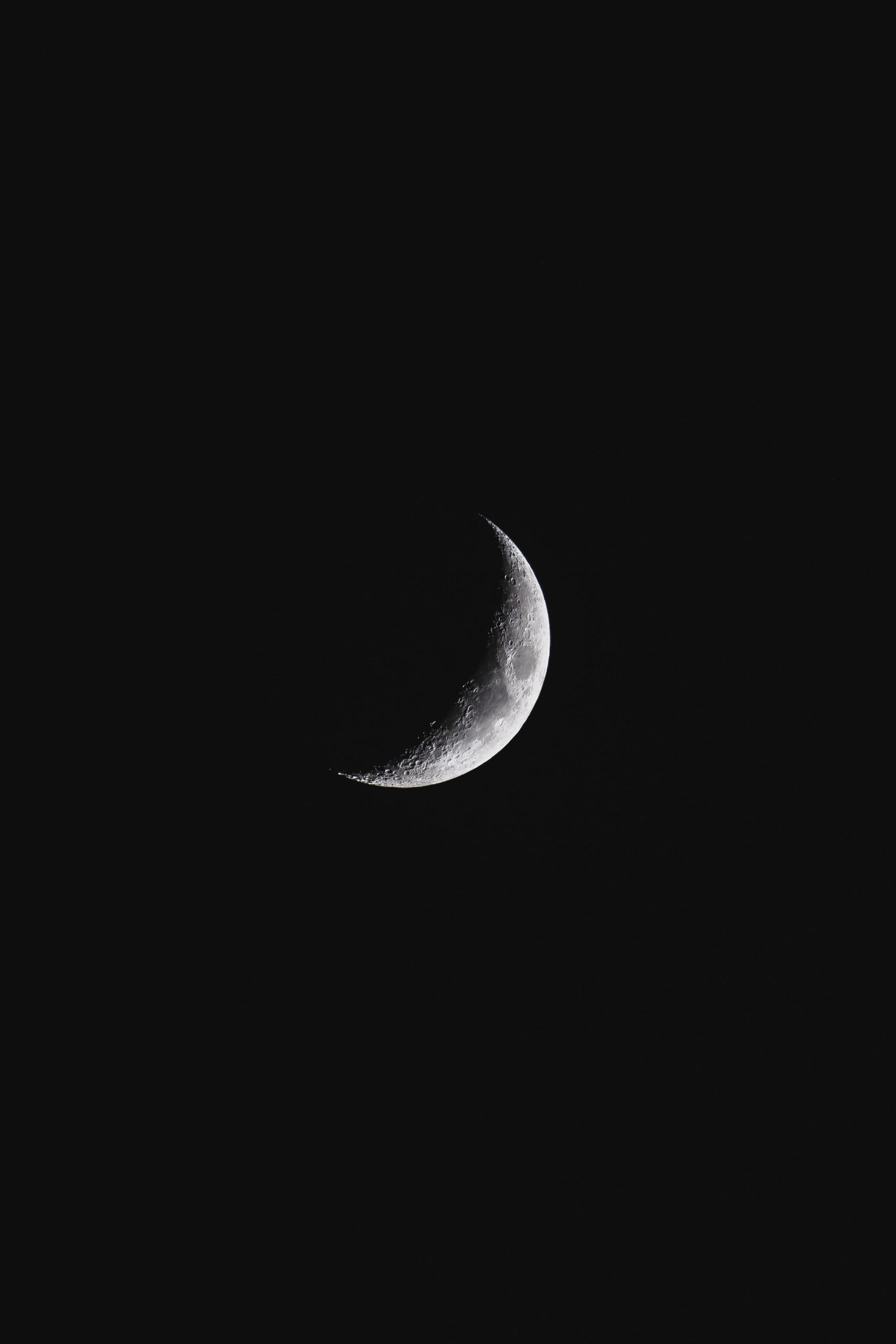Why Do Lunar Eclipses Last Longer?
Lunar eclipses have captivated humanity for centuries, with their stunning displays of celestial beauty and wonder. Unlike the more common solar eclipses, which are brief and localized, lunar eclipses can last for several hours, providing ample time for sky gazers to witness and appreciate this natural phenomenon. But have you ever wondered why lunar eclipses last longer than their solar counterparts? In this blog post, we’ll delve into the scientific explanation behind the extended duration of lunar eclipses.
The Basics of Lunar Eclipses
Before diving into the reasons behind their duration, let’s quickly review the basic understanding of lunar eclipses. A lunar eclipse occurs when the Earth comes between the Sun and the Moon, casting a shadow on the Moon’s surface. There are three types of lunar eclipses: penumbral, partial, and total. During a penumbral eclipse, the Moon passes through the Earth’s outer shadow, resulting in subtle darkening of the lunar surface. In a partial eclipse, only a portion of the Moon is covered by the Earth’s inner shadow. Lastly, during a total lunar eclipse, the Earth’s shadow covers the entire Moon, giving it a striking reddish hue known as the “blood moon.”
The Earth’s Shadow: A Key Factor
The primary reason lunar eclipses last longer than solar eclipses lies in the nature of the Earth’s shadow. The Earth’s shadow has two components: the outer shadow called the penumbra and the inner shadow, known as the umbra. During a lunar eclipse, the Moon passes through both the penumbra and the umbra.
When the Moon first enters the penumbra, it encounters a relatively faint outer shadow. This stage of the eclipse is referred to as the penumbral phase, and it often goes unnoticed by casual observers due to its subtle effects on the Moon’s appearance.
As the Moon continues its journey across the sky, it enters the umbra, the inner shadow. This marks the beginning of the partial and total phases of the eclipse. It is during this stage that the Moon can showcase a breathtaking range of colors, from deep orange to a stunning blood-red.
The Earth’s Umbra: Wider Yet Diminishing
One of the key factors contributing to the extended duration of lunar eclipses is the size of the Earth’s umbra. The umbra is much larger than the Moon itself, allowing the Moon to spend a significant amount of time within it during a lunar eclipse.
However, it is essential to note that the Earth’s umbra is not fixed but varies in size due to a phenomenon called “aberration of light.” This effect causes the Earth’s umbra to change its dimensions slightly over time. As a result, the size of the umbra decreases as it extends away from the Earth. Consequently, the Moon spends more time passing through the outer regions of the umbra, which are relatively wider compared to the inner regions.
The Moon’s Orbital Path: A Culprit of Duration
Another crucial factor that contributes to the extended duration of lunar eclipses is the Moon’s orbital path around the Earth. The Moon follows an elliptical orbit, meaning its distance from the Earth fluctuates during its revolution.
When the Moon is closer to the Earth, it moves slightly faster in its orbit. Conversely, when it is farther away, its orbital speed decreases. This variation in the Moon’s speed plays a significant role in the duration of lunar eclipses.
When the Moon passes through the Earth’s umbra, its slower speed can prolong the time it spends within the shadow. On the other hand, during a solar eclipse, the Moon traverses the Sun’s relatively smaller umbra much faster, resulting in the shorter duration of solar eclipses.
Earth’s Atmosphere: A Unique Display of Light
Lastly, the Earth’s atmosphere adds a captivating element to lunar eclipses, further enhancing their duration. As sunlight passes through the Earth’s atmosphere, it undergoes scattering. Shorter wavelengths, such as blue and green, are scattered more, while longer wavelengths, such as red and orange, are scattered less.
During a total lunar eclipse, the scattered light from the Earth’s atmosphere gives the Moon its iconic reddish hue. This phenomenon, known as Rayleigh scattering, contributes to the prolonged visibility of the blood moon during the total stage of the eclipse.
Conclusion
In summary, the extended duration of lunar eclipses can be attributed to several factors. The Earth’s shadow, consisting of the penumbra and umbra, plays a crucial role, with the Moon spending a significant amount of time within the Earth’s umbra. Additionally, the Moon’s orbital path and the Earth’s atmosphere contribute to the overall length of lunar eclipses.
Next time you witness a lunar eclipse painting the night sky in brilliant shades of red, remember the intricate dance between Earth, Moon, and Sun that gives rise to this breathtaking celestial event.
Table of Contents
